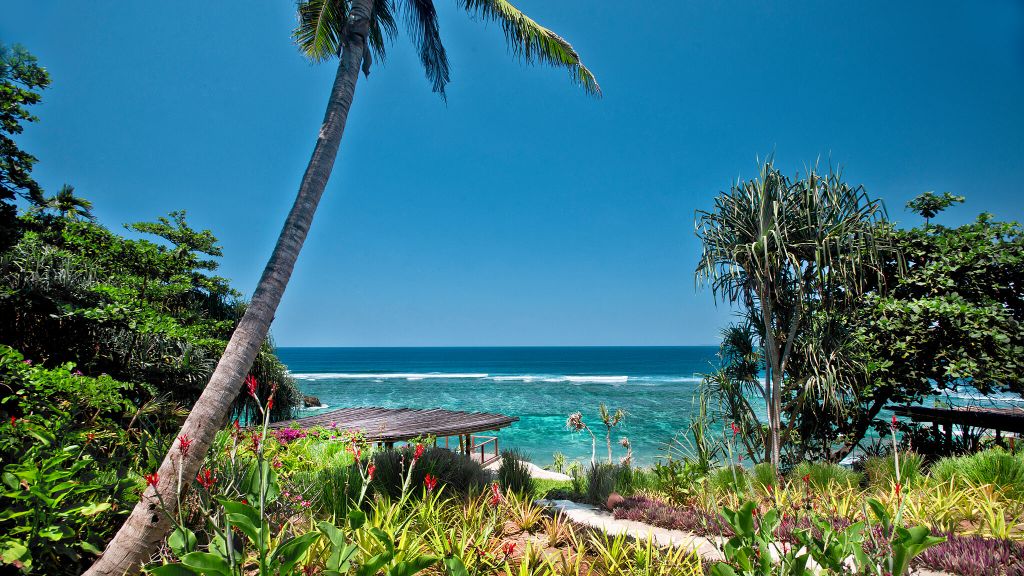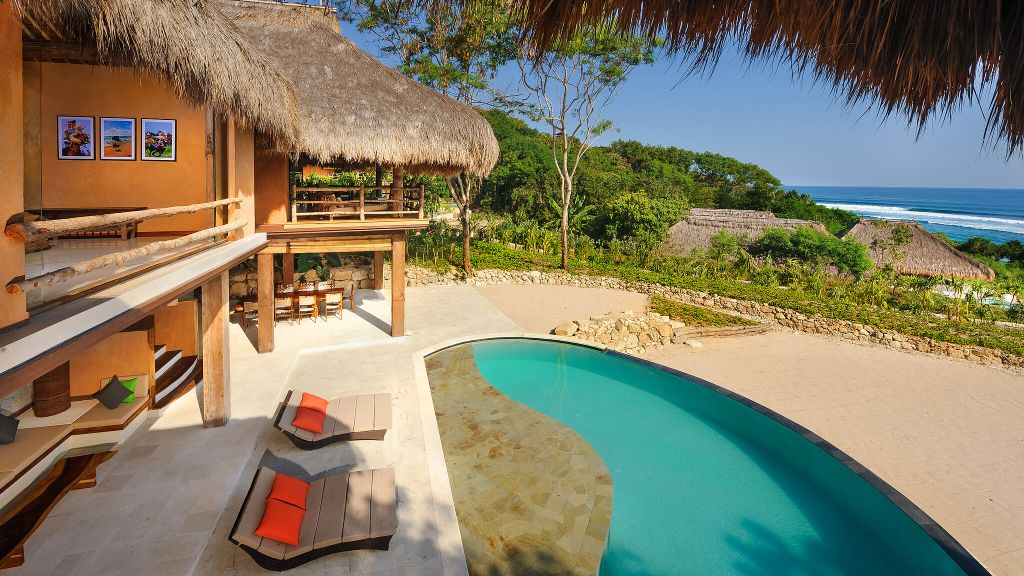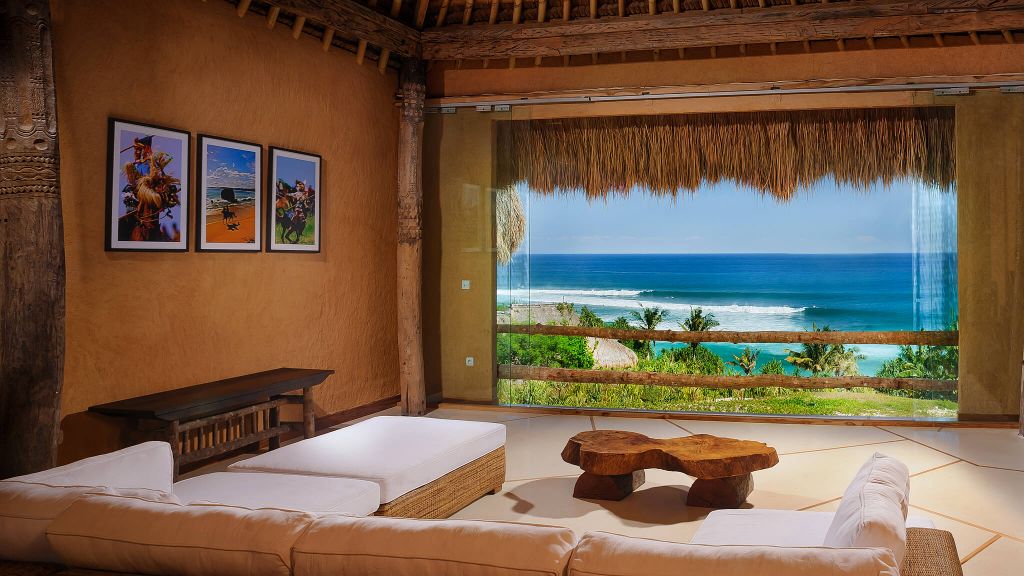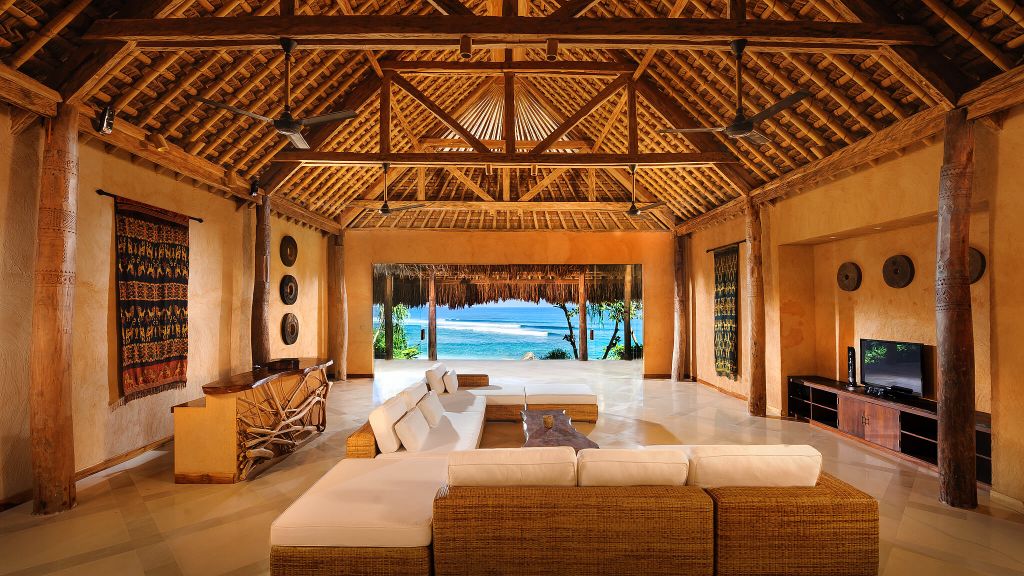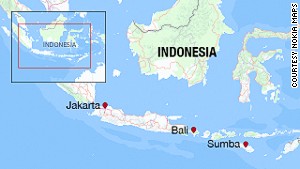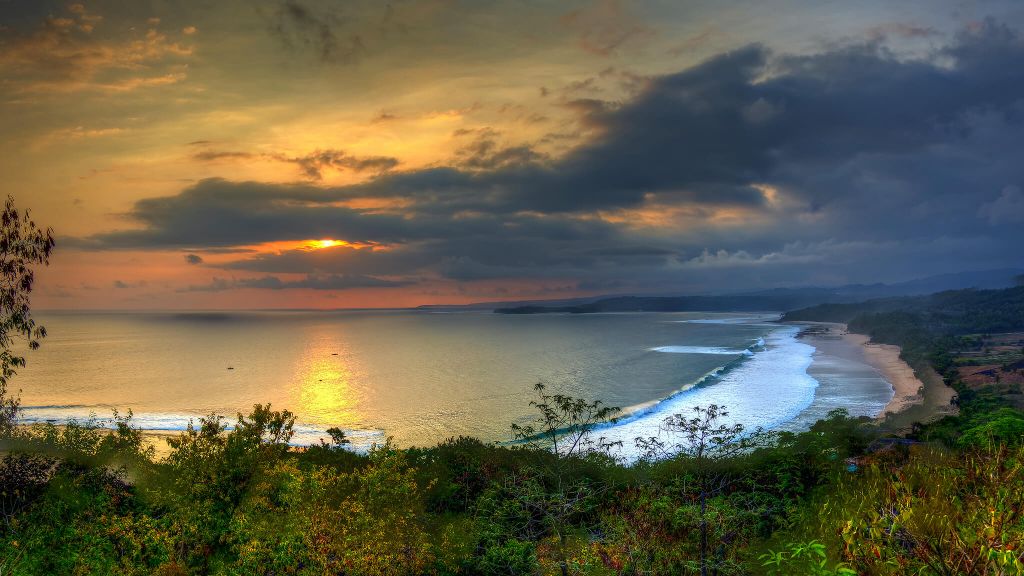Through culture activities ANBI, children, descendants of East Nusatenggara province eager to elevate cultures, music, dances, songs and the spectacular tourist destinations to be promote through performance run by this ANBI group.
Sunday evening, August 14, 2011 is a 3rd event held in Tholly karaoke building, Pancoran, South Jakarta, after a big one held in Atmajaya University with a big gathering, supported by Rp. 80 million budget with a successful history. Hopefully their dream come true to held another bigger, international event in the near future, take place at Motaain, border of Indonesia and Timor Leste country in Timor island, the district under Belu administration
The Band and the singers perform well with rock, mostly with western songs and some local songs also play a special East Nusa Tenggarat traditional instrument, Sasando. When local song sing, the member of ANBI, man, women automatically come down in front of the stage to dance, pair by pair. The rock, step, hand movement forward, back and forth, back and forth, in similar movement.
What interesting to know is that since the event run in fasting month of Ramadhan, the event starting, open by fast break with orphanage Muslim children for around 90 minutes before enter music and song. ANBI share their passion to the needy, even though most of the ANBI members are not Moslem. How beautiful the brotherhood in the mind of both communities.
Traditional dance
Unexpected, before the Band playing, a MC called my nick name, Savu name, Ma Woke Pino, wonder how come she know it. I realized then that a Lady, member of ANBI , who presented the name for me, is come along among the crowd.
I came downstairs from the 2nd floor, step up to the stage after place my Savu scarf, similar to Ulos Batak in my shoulder, just like a Savu man. Reading my own poem “Cinta (love) Flobamora”. I pay a special attention to the environment, see the audience, including orphan children, keep silent to hear what I am saying.
This time poem musicalization playing keyboard by Martino Therik , a man who accepted my request to read the poem in this event. This Poem Love Flobamora read for the 1st time in front of East Nusa Tenggara audiences. FLOBAMORA is abbreviation of bigger islands, Flores, Timor, Sumba and Alor, beyond smaller one like Savu, Rote Ndao, Semau, Komodo and many more.
Matino Andreas Therik
Ivan Nestorman and Boy Clemens
The organizers mostly the youngsters eager to perform their culture, song, music not solely for the sake of their ego to be well known in East Nusa Tenggara province or Indonesia, but also to promote the culture to show to the world that East Nusatenggara had various kind of cultures, special dance, songs and instrument along with tourist destination, the most spectacular in the world.
As I told before a MC call my nick name, presented by a Lady who attend the event, that I knew only in the net, my Face Book friend more than 1 year, but never met before. I knew her face instantly when she passed by me, but she doesn't notice until Mr.Therik introduced her to me.
Nia Erni Miha Balo and Ma Woke
How succesful the 2nd event in a big gathering at Atmajaya University, close to Semanggi interchange few months before, that the event covered by 5 newspapers and one National TV, transmit life. The
ANBI group just begin as a new music group, supported also by descendants, originally from NTT in high rank officials and Government among other Gories Mere.
I feel at home when meet this communities even more when they present 2 traditional songs and dances group that I accustomed to watch when I was working at Timor island. I am not surprise when meet 2 (two) men among the crowd, that descendants of late high official of local Government, Mr.Therik and Mr.Abdullah Bali, ex Bank BRI branch manager.
The ANBI group is a dynamic music communities and eager to run very fast, but needed backing up and supported by descendants of Flobamora communities and local Government as well, in music and later on developing, expand to other kind of cultural activities.
Singers, dancers, photographer
Babby N, Ervina M, Hani C, Apry M, Minno D, Nia EMB
